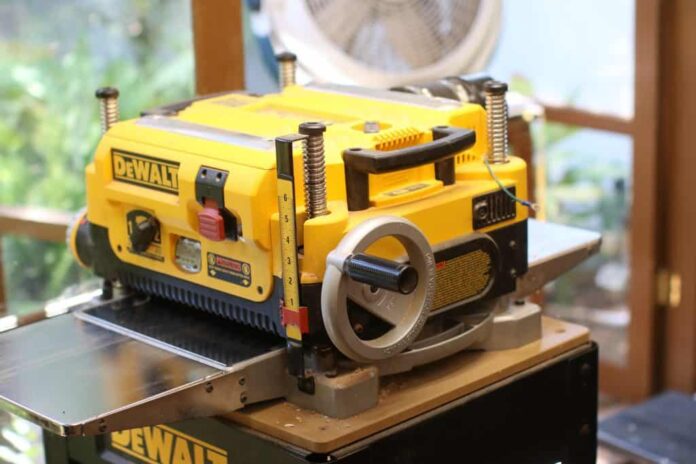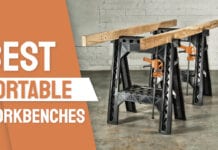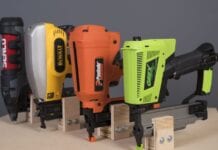When wanting to buy lumber materials for any project you intend embarking on, you are likely to get fine-milled or rough cuts as well as ready to use pieces but in most cases, you would get a rough cut because the millers might have no clear idea on what you intend making use of the wood for. This would therefore cause you to resize the lumber so it would be able to match what you intend using it for and resizing needs to be done using power tools. The jointer vs planer argument has been making some headlines lately and i want to tell you what i actually think.
However, the jointer or planer tools are the best when it comes to resizing, squaring or milling lumber pieces.
It is quite obvious that you need the jointer or planer tools if you want to get the most out of any lumber piece but the first thing that you need to think of as a woodworker is if you are able to afford them. The jointer and planer tools are quite expensive so if you are looking to boost your toolkit it might be a bit impossible for you to get both tools at the same time. This is quite difficult to go ahead with because you might not have an idea on which to settle for. However, knowing how both tools works and what they are capable of might help in making a very wise decision.
Interesting Read – How To Cut Hardie Board
Jointer Vs Planer – Which Of These Tools Do You Need
Jointer
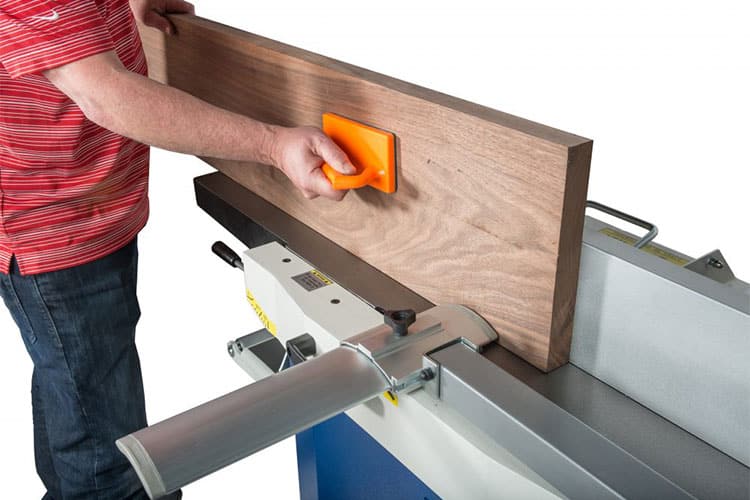
You are likely to end up with pieces of twisted lumber materials when you purchase some lumber woods and they can also be bowed or warped and not just twisted. Going ahead to pay the lumberyard so the fact of the wood can be prepared simply means you are trying to incure extra costs so for this reason, it would be wise for you to make use of a jointer as it would help in converting or creating a perfect edge or face that would make every lumber suitable for the project you intend carrying out with it.
The jointer comes with an outfeed and infeed table that are aligned using the same plane while its multiple knives and cutter head are also mounted between the tables. For this tool to be properly arranged, the knives requires being aligned with the outfeed table while its infeed table requires lowering to a particular depth which makes it equal to the amount of wood that needs to be removed. Passing the lumber wood across the jointer while the guard is held in place to ensure that it removes wood to make the surface flat.
The jointer also comes with a fence which helps in guiding the lumber as it gets flattened. It also tries to act as a means of support for the lumber and you can also adjust this fence to various angles. Even though your require the services of the jointer and planer to square, straight and flat lumber surfaces, it is quite better to start using the jointer. This is because the primary aim of the jointer is to make two edges of any lumber material to be square and flat.
Pros:
- If you want to get any lumber piece ready for any woodworking project, the jointer tool is what you need to make use of and this is because it helps in making them flat and eliminates twist and warps so you can obtain the shape that you desire
- The jointer is also the right tool because it comes with a fence that can be adjusted so as to change the angle of any cut. This is why the jointer tool is very useful when you are working on molding pieces
- The jointer doesn’t just make lumber flat but it is also the tool you turn to when you want to make a lumber straight as well as making them perpendicular. This can be achieved at just one pass so you do not need to make several passes
Cons:
- Even though the jointer would straighten and give flat surfaces as well as eliminating twists and warps, it would still cause the lumber to have rough edges or faces after passing through the machine. This simply means that the jointer isn’t capable of producing pieces that can be used immediately
- The jointer won’t produce parallel faces as well but instead it would make a face flat and the other square.
Trendy Post – How To Cut Vinyl Siding
Planer
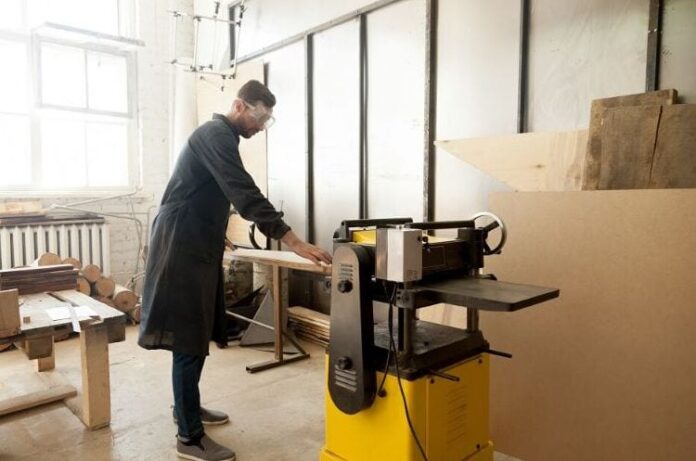
Even after passing your lumber pieces through a jointer, the jointer still isn’t capable of getting them ready for any project that you have. The jointer would make surfaces square and flat but the truth is it will never make them parallel and they would not have the right amount of thickness. In order for them to have the right amount of thickness they need to be passed through a planer. The planer is also the right tool that makes sure all faces and edges are parallel to one another.
The planer comes with outfeed and infeed rollers as well as cutter heads in between. The infeed rollers are responsible for grabbing the stock and pulling them through the rotating cutter head while the outfeed rollers helps in grabbing them and takes them out of the machine through the other side. While working with the planer, the distance between the cutter head and the table is what helps in determining the correct amount of thickness but the major downside is it has a limited number of wood it can remove.
This is why it requires making several passes so you can be able to get the desired amount of thickness.
Pros:
- The jointer would make surfaces to be square and flat but the faces and edges would not be parallel. The planer is the best tool choice if you want to make these surfaces parallel and it only requires you to make few passes on either side of the lumber
- The planer tool comes in handy when working on rough boards and pre-milled stock and if the lumbers are straight then you would only need to run the boards through the planers while making light passes.
- Asides from producing parallel faces and working on rough boards, the planer tool is still the best option if you intend obtaining your desired level of thickness. However, you would need to make multiple amount of passes if you want to get the desired level of thickness
Cons:
- The planer’s cutters blade would tend to show if the lumber you are working on has lump or a significant dip on the side and this is the main reason why it is advisable to place straight or flattened boards or just make sure you start by passing lumber through the jointer. If you fail to do any of these then you stand the risk of duplicating board effects and also making them thinner.
- The jointer only requires you to make just one pass if you want to flatten lumber pieces but in the case of planers, there is a limit to to the amount of thickness they can get out of any lumber material. What this simply means is you would have to spend additional time working with the planer than with the jointer
Jointer Vs Planer – Bottomline
For every woodworker out there, they all seem to have their own personal opinion when it comes to selecting between a jointer and a planer but based on expert and personal reviews, I would say that a planer is the best option for any woodworker to select. If it comes down to buying one before the other then my own advice would be going for the planer instead of the jointer and this is simply because you are likely to buy a pre-milled lumber which is already straight or flat.
Using a planer simply means that you would have to run it through few passes so as to get parallel faces or also get your desired level of thickness. Even if a planer isn’t capable of squaring edges, a circular or table saw can be used in obtaining some reasonable outcomes. With a planer, you can be able to do a lot of things unlike when you work using a jointer so it is better than you get a planer first before going on to get a jointer. Furthermore, if you want square and flat lumber surfaces then you might consider getting a jointer instead.
Related Post – How To Build A Ramp For Shed

